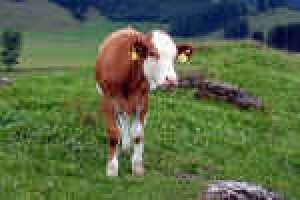Technical Support

Entomologist Glen Scoles, veterinary medical officer Massaro Ueti and research leader Don Knowles at the Agricultural Research Service (ARS) Animal Disease Research Unit (ADRU) in Pullman, Washington, have been working on the collaborative project for more than five years.
This research, which looks at combination vaccines for tick-borne diseases, supports USDA's priority of promoting international food security.
Scientists are focusing on the tick that transmits the parasite responsible for East Coast fever, according to Mr Scoles. Because the tick and parasite are similar to the tick and parasite that cause Texas cattle fever in the US, developing a vaccine for East Coast fever could lead to a vaccine for Texas cattle fever.
In an initial study, scientists developed a polymerase chain reaction (PCR) test that detects parasite DNA in ticks. They used tick populations that were produced at ILRI to have different susceptibilities. Two different strains of ticks- Muguga and Kiambu- were compared.
The Muguga ticks had a low level of parasitic infection, whereas the Kiambu ticks were highly susceptible.
Understanding genetic differences between these two tick populations could lead to the identification of proteins that might be good targets for a vaccine to help control East Coast fever, according to Mr Scoles.
The international partnership demonstrates a global community effort to control diseases that limit food and fiber production, according to Mr Knowles.
Although East Coast fever isn't currently a problem in the US, this collaborative research aids in keeping it free of the disease and reducing future risk in other countries. Results of this collaborative research also may be applied to help control other similar parasitic diseases.
Findings from this research were published in Gene and in the Journal of Medical Entomology.





















